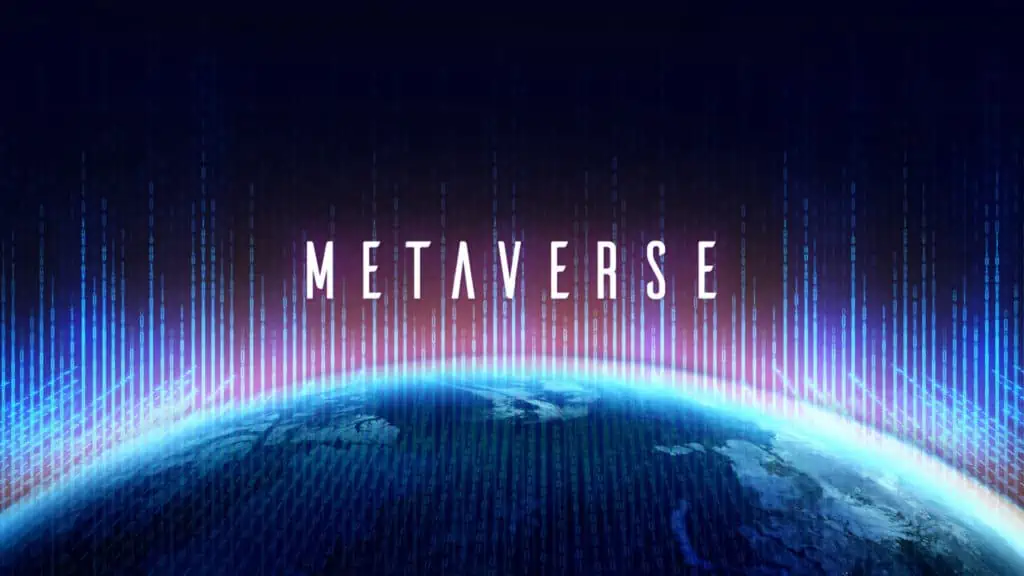The initial hype surrounding the metaverse has flattened out. The best-known example of this retreat is Meta, Marc Zuckerberg’s platform.
Although this 3D world idea has recently picked up a bit of momentum thanks to the new VR glasses from Apple, it has become clear that widespread adoption by users is still dependent on the purchase of rather expensive devices. That takes time.
The problem for the Metaverse, as we envisioned it, is the high barriers to entry that it currently still entails. You need 3D glasses. Producing new 3D content is also complex and expensive. There are also many different providers of 3D worlds that are not compatible with each other, such as World of Warcraft and Fortnite. As long as the manufacturers only build worlds that are closed off so that users cannot simply “walk” from one world to another, the so-called early adopters will break up into small groups that cannot exchange information, never meet and always remain trapped in their small world. Even if these worlds are huge and many players spend their time there, these worlds are “sharded”, which means that players cannot visit each other across server boundaries.
Key question
The key question is therefore: will the metaverse be an open, integrated, inclusive, permissionless world or will it be – as in today’s social media – an oligopoly of a few dominant companies, each building their own walled garden and taking great care to bind users to their world. They do this with their own accounts, intrusive data collection, user tracking and specific, incompatible hardware. We know the problem.
That’s why experts like Jamie Burke, CEO of Outlier Ventures, are convinced that there will only be one open metaverse, along the lines of the internet. It belongs to no one, it is open to everyone equally. Gavin Wood, co-founder of Ethereum, was one of the first to describe this open peer-to-peer architecture, decentralized data storage, user-hosted identities and sovereign single sign-in accounts. It is the utopian world of a blockchain-based, decentralized technology in which users have sovereignty over their data, digital identities and digital property. But even this open metaverse has not yet reached the mainstream, although the hurdles and costs for users are significantly lower than the fragmented 3D metaverse from Meta, Microsoft (Blizzard) and co.
Virtual light
In marketing, the principle applies that you have to meet users where they are. This is exactly what weblin.io does with its idea that the existing web we all know is the open metaverse. The World Wide Web is easily accessible for everyone, the content does not have to be elaborately built. It is already decentralized, with links leading from one page to the next. It is one big virtual world. And yet something is missing. It is as if this world is lifeless and empty. Users cannot see each other and can only communicate via parallel universes such as WhatsApp, Telegram or Discord. That’s why weblin.io turns on the virtual light on all websites and simply makes the users visible. They are avatar figures that can walk around the websites, come closer to each other, wave at each other, laugh, throw kisses and of course chat with each other. They do not need permission from the website operators. The weblin avatars are free, “permissionless” and no data is collected. No registration is necessary, no e-mail address, no telephone number.
The avatars exist not only within a single 3D world, but on the entire web. Weblin.io even connects existing avatars from other worlds such as Ready Player Me and Fortnite or Second Life and World of Warcraft. By building on existing web standards, it is possible to bring together different data formats from the many virtual worlds in a way that can be experienced.
Avatars
The whole web comes to life. It becomes a metaverse where users can see and meet each other, talk, chat or play games. Virtual gold is buried on some websites, while blueprints for virtual coffee machines are hidden on others. There are wells, solar cells, 3D printers, recycling plants and much more. The avatars can go on a climate awareness tour and complete a range of tasks. For example, they can collect virtual plastic in the sea, recycle the plastic or plant virtual trees. At the end, they receive proof of successful participation, a proof-of-attendance badge. These low-threshold mini-games are called hypercasual gaming. The playing field is big, very big, it grows and changes every day. With every new website that is launched or relaunched, the metaverse and the wide world of weblins changes.
The avatars have a backpack in which they carry around their virtual items, such as gold, construction plans and badges. Even real NFTs from the blockchain world OpenSea can be integrated. They can add random acquaintances from websites where they met and got to know each other by chance to their friends list. They can “conquer” websites by pinning their virtual flag. It can happen that two Weblins fight over apple.com or greenpeace.de.
So we can say: the Metaverse is alive after all, you just have to switch on the light on the Internet and then you too can see it.
(pd/Weblin.io)



